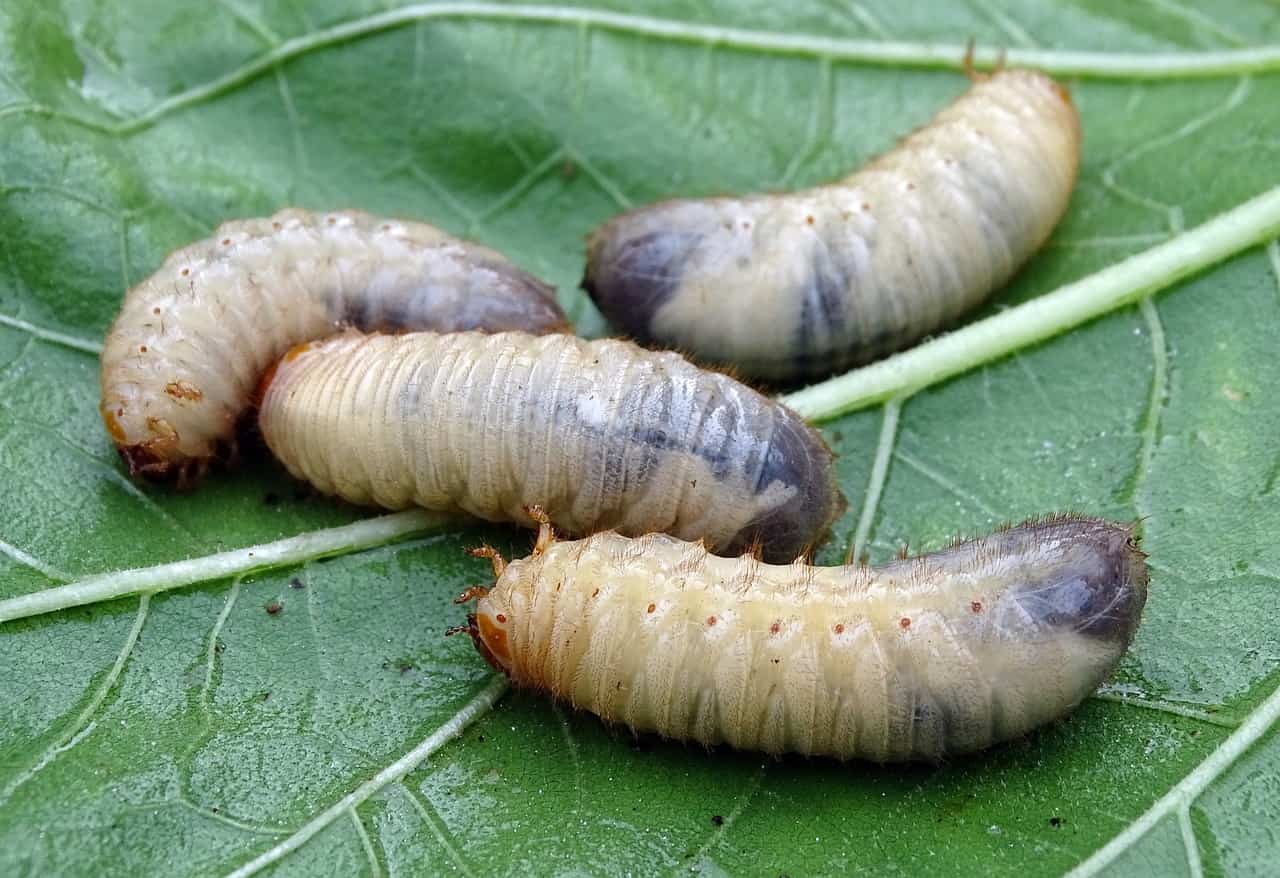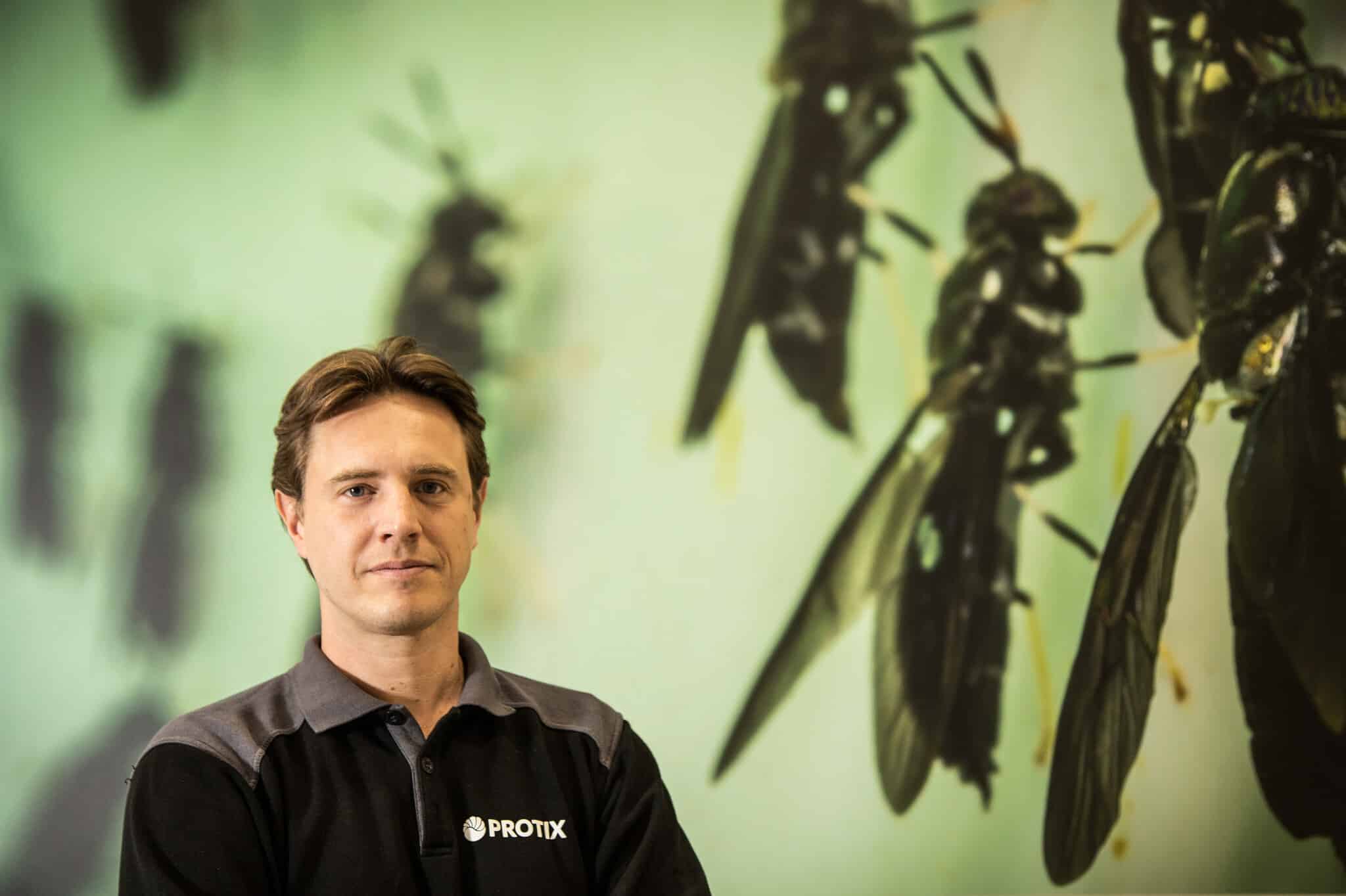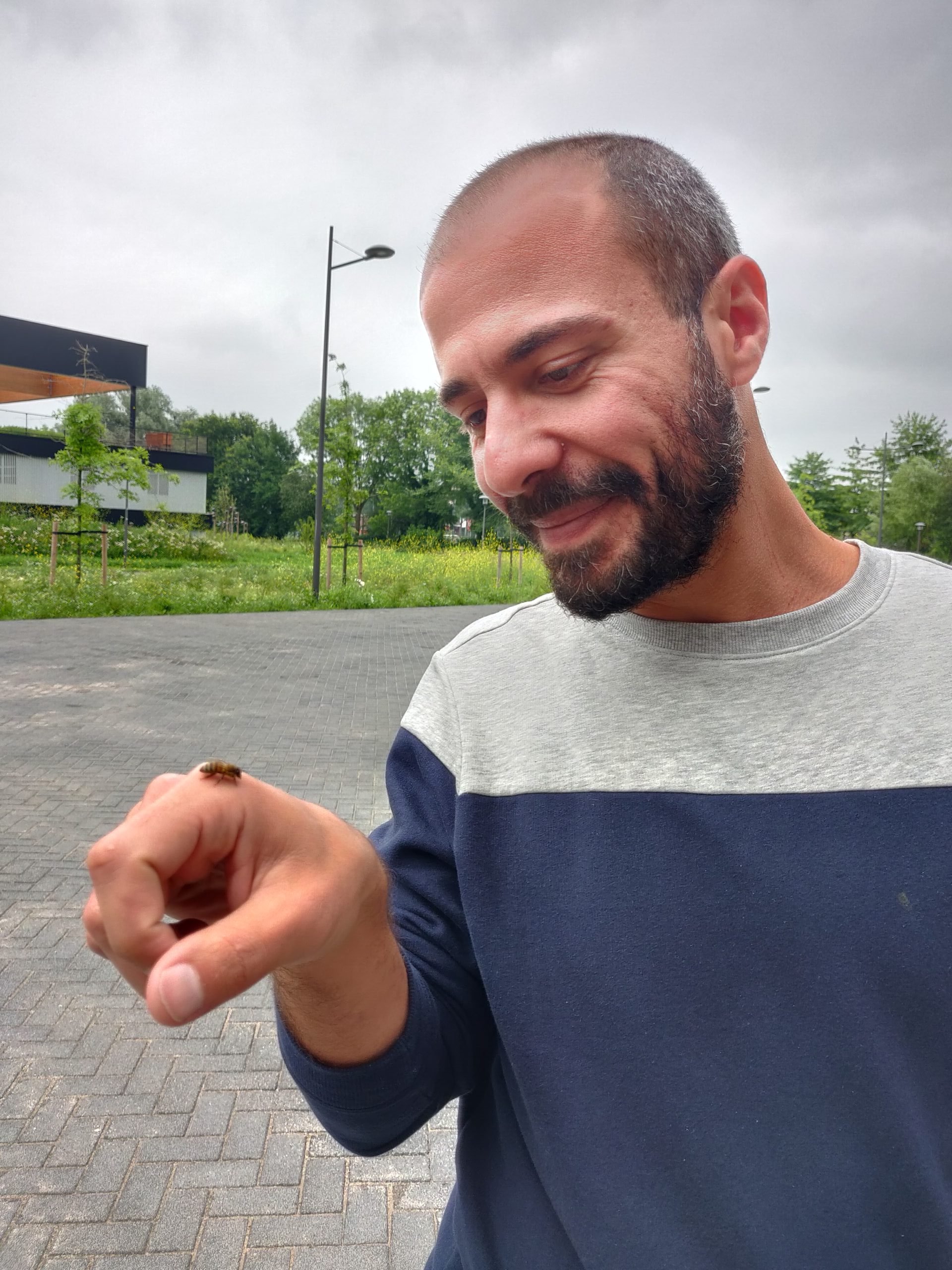
Insect farming is gaining ground as a sustainable alternative to traditional food production in Europe, with France and the Netherlands leading the way. The French company Ÿnsect, the world’s largest vertical insect farm, grows more than three trillion mealworms that serve as protein-rich food for animals, reducing pressure on agricultural land and lowering emissions. Despite cultural and industrial challenges, insect farming is seen as an efficient solution to the climate and biodiversity crisis.
- Ÿnsect and Protix are leading companies in Europe’s sustainable insect breeding industry.
- These companies use waste streams from the food industry to feed insects, reducing pressure on agricultural land and lowering emissions.
- According to estimates, the industry could reach a value of nearly eight billion dollars by 2030.
In the Netherlands, Protix produces millions of insects for fish and livestock feed, fed with waste streams from the food industry. The company strives for nitrogen reduction and emphasizes that intensive farming is more appropriate for insects. Although criticized from an animal rights perspective and energy is required for agriculture, the ecological footprint of larvae as a protein source is considered lower than chicken meat and soybean meal.
Role of Insect Culture in Sustainable Food Production
Insect farming is playing an increasing role in sustainable food production in Europe. The French company Ÿnsect and the Dutch company Protix are leaders in this field. Both companies consider insect farming an efficient solution to the climate and biodiversity crisis. They use waste streams from the food industry to feed the insects, reducing the pressure on agricultural land. This not only reduces emissions but also nitrogen emissions.
The insects are used as an alternative to conventional animal protein in animal feed. For example, this has a lower carbon footprint than chicken and soybean meal. Although there is criticism from an animal rights perspective and energy is needed for farming, both companies emphasize that intensive farming suits insects better than other animals.

Potential of Insect Farming
According to a report by Meticulous Research, the insect farming industry could be worth as much as $7.96 billion by 2030. Insect farms are seen as a promising and valuable source of sustainable proteins for animal feed. They also create helpful byproducts that can be used as fertilizer and material for medical purposes.
The insects most commonly farmed are crickets, mealworms, and the black soldier fly. These are protein-rich alternatives that require little land and water for their production. Insects are fed on reprocessed waste products, so production costs are minimal. In addition, they grow up to 100 times faster than conventional animal food sources and are rich in high-quality protein.
Insect Cultivation in the Future
Accepting insects as a human food source is still a challenge, especially in Europe and the U.S.. Nevertheless, several start-ups are already active in this sector, such as Ynsect and FlyFeed. They currently breed insects for animal feed but have plans to produce products for human consumption.
The European project SUSINCHAIN, in which researcher Teun Veldkamp of Wageningen University & Research (WUR) is participating, is investigating the potential of insects as a source of protein in animal feed and food products for humans. The project aims to replace 20 percent of European consumption of animal protein with insect protein by 2025.


